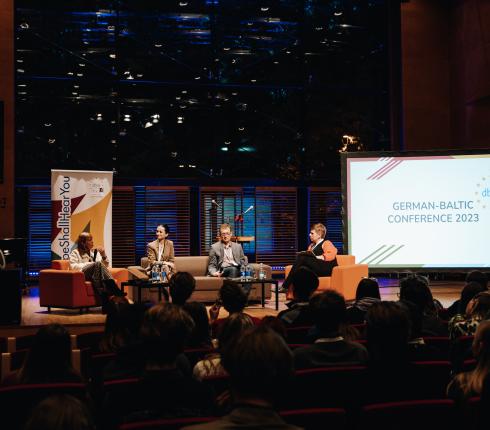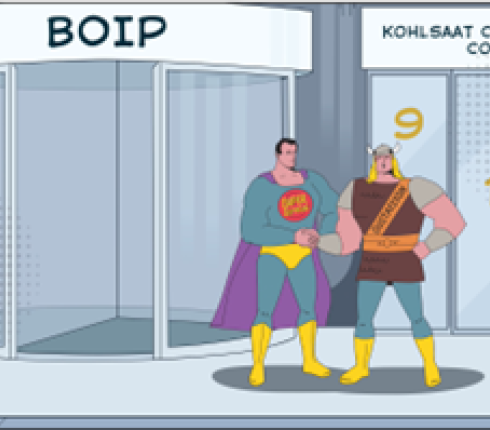General Court finds proper reasons for non-use and saves C=COMMODORE registration
Article by Peter Gustav Olson in the World Trademark Review, 23 January 2019
Trademarkers NV sought invalidation of international registration for C=COMMODORE, owned by C=Holdings BV
- Board of Appeal found that reasons put forward for non-use could not be regarded as proper reasons
- Court disagreed, finding that C=Holdings was faced with issues that were not under its control
In C=Holdings BV v European Union Intellectual Property Office (EUIPO) (Case T-672/16, 13 December 2018), the General Court has annulled a decision of the Fourth Board of Appeal of the EUIPO in which the latter had partially annulled a decision of the Cancellation Division and dismissd the action as to the remainder.
Background
In 2006 Commodore International BV (the predecessor in title to C=Holdings BV) obtained an international registration for the figurative sign C=COMMODORE, covering a broad list of goods and services in Classes 9, 25, 38 and 41 of the Nice Classification.
In 2014 an application for invalidation of the international registration was filed by Trademarkers NV on the basis that it had not been put to genuine use as an EU trademark for a continuous period of five years. The relevant period was from 26 September 2009 to 26 September 2014.
On 3 November 2015 the Cancellation Division upheld the application for revocation for all goods and services. C=Holdings BV appealed, and the Fourth Board of Appeal partially annulled the decision of the Cancellation Division, holding that the applicant had established genuine use for “electronic games for use in combination with computers, television and monitors, and game console software” in Class 9. As regards the remaining goods and all the services, however, the board did not agree with C=Holdings that there were proper reasons for non-use. Consequently, the board annulled the decision of the Cancellation Division concerning the goods in Class 9, but dismissed the appeal of C=Holdings as regards the existence of proper reasons for non-use of the international registration, of which it is the proprietor.
C=Holdings appealed to the General Court.
General Court decision
With regard to the existence of proper reasons for non-use, C=Holdings claimed that there had been confusion as to the rightful ownership of the mark for part of the relevant period, namely from 2011 onwards. Both the Board of Appeal and the General Court found that it was clear from the file that the C=Holdings was confronted, for several years, over a significant part of the relevant period and beyond, with a series of manoeuvres described as “fraudulent”, “misleading” and “intimidatory” by the District Court of New York and by the Board of Appeal itself. These manoeuvres consisted of false declarations submitted to the US authorities, and of repeated contacts with C=Holdings’ existing or potential clients.
The General Court held, firstly, that the existence of genuine use for certain goods did not preclude the presence of proper reasons for non-use for other goods and services. Genuine use did not have to cover the entire five-year period, and nor did the proper reasons for non-use. The issues that C=Holdings was faced with were not under its control. Accordingly, the General Court reversed the decision of the board and upheld the registration in its entirety.
Comment
Cases in which the court agrees that the trademark owner had proper reasons for non-use are rare. This case shows that, where the trademark owner can prove that the reasons for non-use are beyond its control, and outside of its sphere of influence (such as issues with subcontractors), it can save the attacked registration, even where it is broad.
































